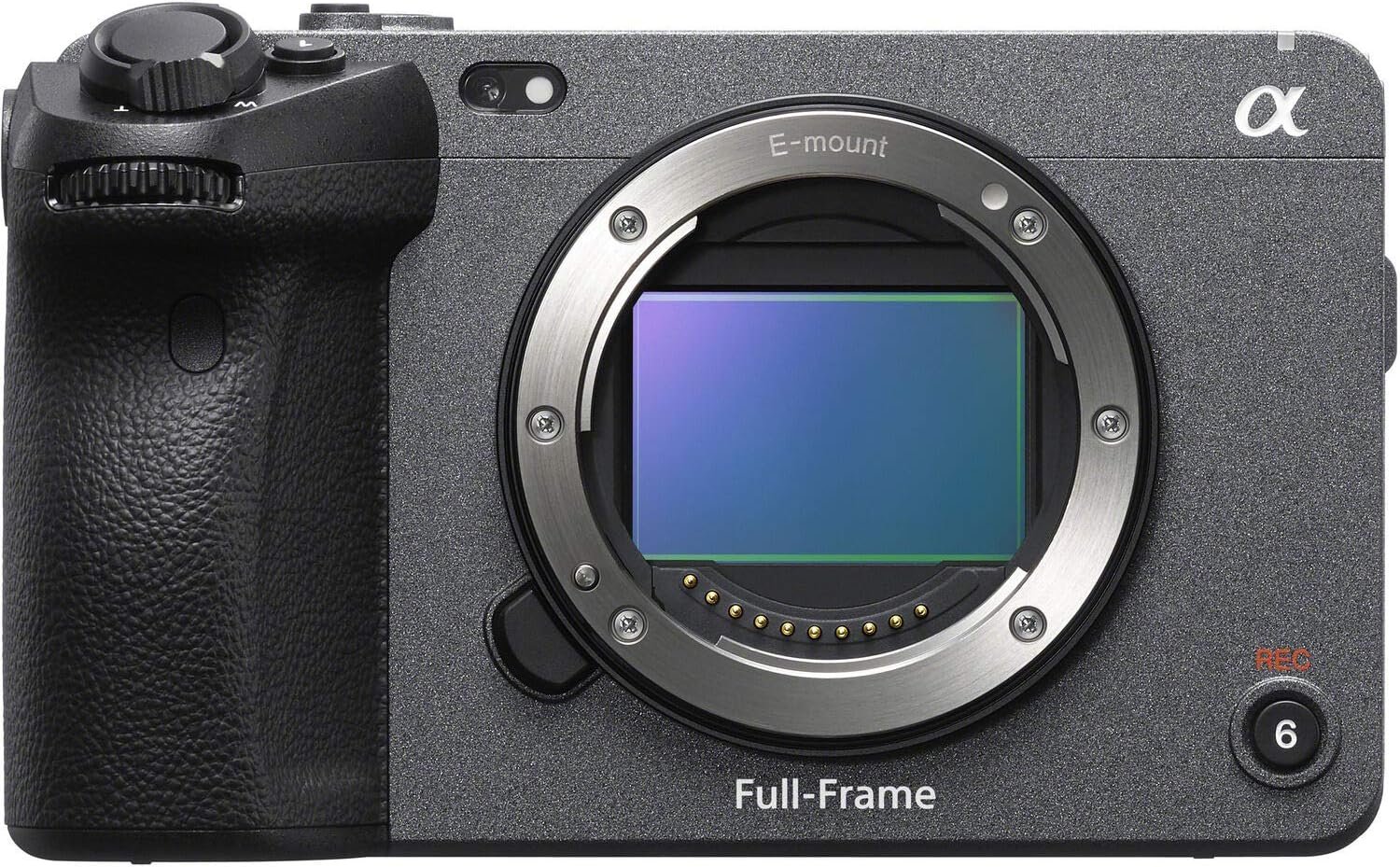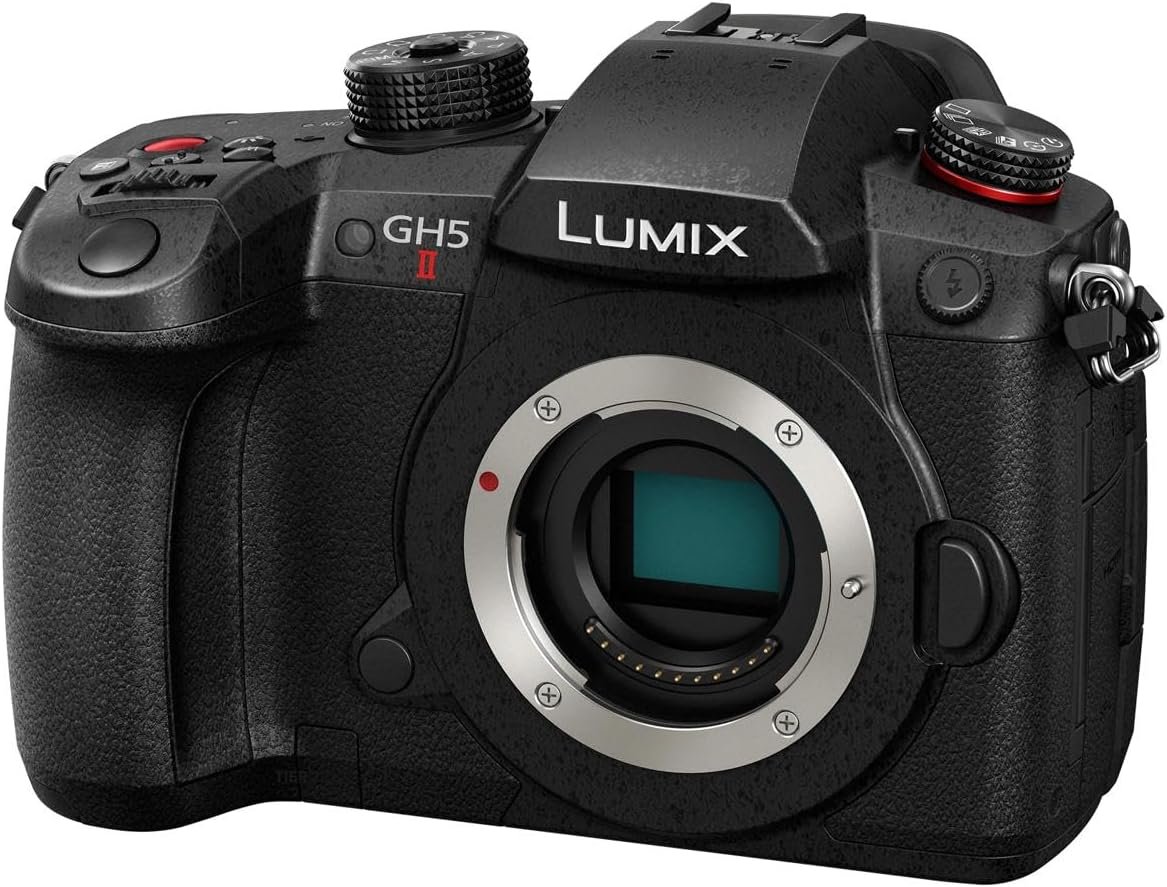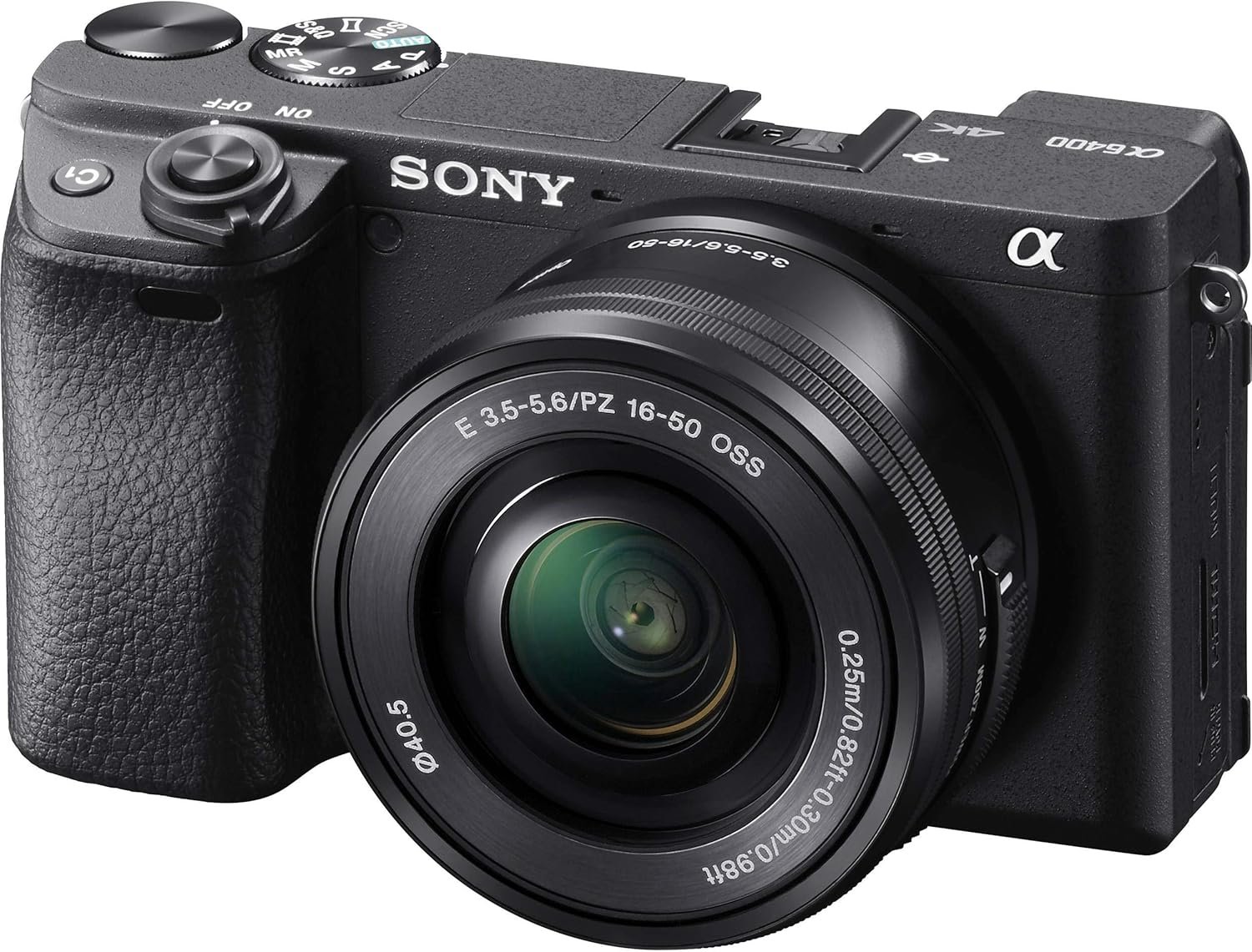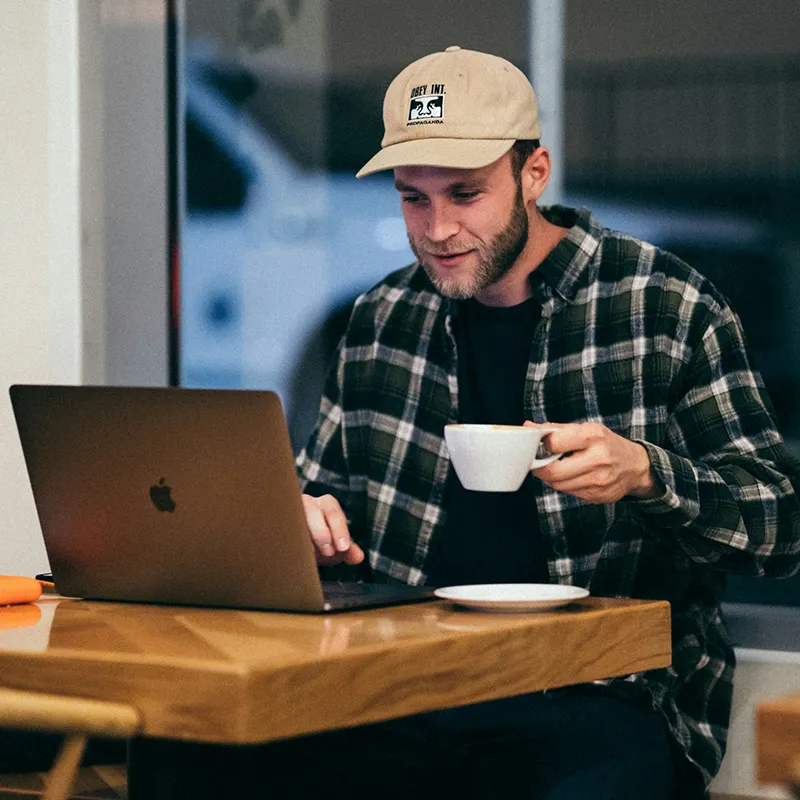This site contains affiliate links to products. We may receive commission for purchases made through these links. Price at time of publish date may change.
Finding the best camera for podcasting requires careful consideration of several unique factors that don’t typically apply to regular video production. Most creators initially focus on resolution and low-light performance, but podcast recording presents specific challenges like recording duration limits, heat management, and specialized audio inputs. We’ve analyzed over 50 cameras specifically for podcast recording scenarios to help you make an informed decision based on your needs and budget.
Recording Duration and Hardware Considerations
One of the most crucial factors when choosing the best camera for video podcast production is the recording duration limit. Many DSLR and mirrorless cameras come with a 30-minute recording limit due to historical European tax regulations, making them impractical for longer podcast sessions. This limitation can be particularly frustrating when recording long-form content, as it requires manual intervention to restart recording. Our recommendations specifically focus on cameras that can handle extended recording sessions without interruption.
Why You Should Trust Us
Our recommendations come from a advanced review analysis system that’s different from traditional product testing. While other reviews are based on short term testing, our system uses long term user experiences and big data.
Our proprietary algorithm analyzes thousands of verified purchase reviews daily, looking at patterns in user satisfaction, reliability reports and performance metrics. We focus on reviews from consumers who have used products for months, to get insights into durability, maintenance needs and hidden costs that only show up after months of use.
to ensure accuracy our system:
- Filters out fake reviews using AI pattern recognition
- Prioritizes verified purchases with photo/video proof
- Tracks product performance in different usage scenarios
- Monitors customer service responses and warranty claims
- Updates recommendations based on new user experiences
Our team cross checks findings with industry experts and certified testing labs to ensure our recommendations match professional standards while reflecting real world usage. This combination of data analysis and expert validation means you can trust our recommendations to help you make informed buying decisions.
1 – The Winner
Sony FX3

Photo: Amazon
The Sony FX3 stands out as the best camera for podcasting, particularly for professional creators who need reliability and high-quality output. At approximately $3,600, it represents a significant investment, but its features justify the cost for serious content creators. The camera offers unlimited recording time thanks to its active cooling system, which prevents overheating during extended sessions. Built-in XLR inputs eliminate the need for external audio recorders, significantly simplifying your podcast camera setup. The camera captures 4K footage at up to 120fps, providing flexibility for post-production. Its compact cinema camera form factor makes it ideal for both studio and mobile podcast recording setups.
2 – Budget Friendly
Panasonic GH5

Photo: Amazon
The Panasonic GH5 serves as the best 4k camera for podcasting at a more accessible price point. This camera excels in controlled lighting environments despite its Micro Four Thirds sensor. The GH5’s unlimited recording capability makes it perfect for long-form podcast sessions. Its robust build quality ensures durability for regular use, while its extensive lens compatibility offers flexibility in framing and composition. The camera’s effective image stabilization proves valuable when recording in less controlled environments or during mobile podcast sessions.
3 – Budget Friendly
Sony A6400

Photo: Amazon
When seeking the best budget camera for podcasting, the Sony A6400 delivers impressive capabilities without breaking the bank. This camera combines unlimited recording time with Sony’s renowned autofocus system, ensuring your footage stays crisp and in focus throughout extended sessions. The flip-up screen enables self-monitoring, crucial for single-operator podcast setups. Its APS-C sensor provides excellent image quality, while its compact form factor makes it ideal for various podcast camera kit configurations. The strong lens ecosystem ensures you can expand your setup as your needs grow.
Lens Selection for Podcast Recording
Your lens choice significantly impacts your podcast’s visual quality. For full-frame cameras like the Sony FX3, the 16-35mm f/4 proves ideal for wider shots of multiple hosts, while the Sigma 24-70mm f/2.8 offers versatility for varied framing. APS-C camera users should consider the Sony 10-18mm f/4 for tight spaces or the Sigma 16mm f/1.4 for single-host setups. These lenses provide the necessary flexibility while maintaining image quality throughout extended recording sessions.
Advanced Features and Integration
Modern podcast camera setup requirements extend beyond basic recording capabilities. Heat management becomes crucial during long sessions, making active cooling systems invaluable. Audio integration features like XLR inputs and comprehensive monitoring capabilities ensure professional sound quality. Power management presents another critical consideration, with external power options and power pass-through capabilities becoming essential for extended recording sessions.
Complete Recording Solutions
The best camera for video podcast production functions as part of a larger ecosystem. External power supplies ensure uninterrupted recording sessions, while high-capacity memory cards prevent storage limitations. Professional podcast camera kit configurations should include appropriate lighting solutions and audio monitoring equipment. Backup recording solutions provide peace of mind during critical sessions.
Looking Forward
The podcast camera market continues to evolve as manufacturers recognize content creators’ specific needs. Future models will likely feature improved heat management systems, more sophisticated audio integration options, and enhanced monitoring capabilities. This evolution will further streamline podcast camera for beginners and professional setups alike.
Conclusion
While selecting the best camera for podcasting depends largely on your specific needs and budget, our testing shows that the Sony FX3, Panasonic GH5, and Sony A6400 offer the most reliable options across different price points. For those just starting out, the Sony A6400 provides an excellent balance of features and affordability. Remember that successful podcast production relies not just on the camera but on the entire system working together seamlessly. Your podcast camera setup should prioritize reliability, ease of use, and consistent performance throughout extended recording sessions.
Do I really need a dedicated camera for my podcast if I have a good smartphone?
While smartphones can capture decent video, a dedicated best camera for podcasting offers superior image quality, better low-light performance, and professional features like XLR inputs. Most importantly, dedicated cameras provide better depth of field control and the ability to use interchangeable lenses, giving your podcast a more professional appearance.
What’s the minimum budget I should consider for a podcast camera setup?
For a complete podcast camera kit including the camera, lens, and basic accessories, expect to invest at least $1,000-1,500. The best budget camera for podcasting like the Sony A6400 typically costs around $900, plus additional expenses for a suitable lens and basic accessories. However, you can find used equipment that could lower this initial investment.
How important is 4K recording for a podcast?
While the best 4k camera for podcasting provides more flexibility in post-production, 1080p resolution is often sufficient for most podcast recordings. The primary advantage of 4K comes when you want to crop or reframe shots without losing quality, particularly useful for creating multiple social media crops from the same footage.
Should I prioritize autofocus capabilities for podcast recording?
For static podcast recording, autofocus isn’t as critical as it would be for other types of video content. However, if you plan to move around or showcase products during your podcast, reliable autofocus becomes essential. Cameras like the Sony lineup offer excellent autofocus performance that can benefit your podcast camera setup.
What’s more important for podcast recording: camera quality or audio quality?
While both are important, audio quality should typically be prioritized in your podcast camera for beginners setup. Viewers may tolerate slightly lower video quality, but poor audio can make content unwatchable. Consider investing in good audio equipment alongside your camera purchase.
Do I need a specific lens for podcast recording?
The best camera for video podcast typically works well with a moderate wide-angle lens (24-35mm equivalent) for single hosts, or a wider lens (16-24mm equivalent) for multiple hosts. Your choice depends on your room size and the number of people typically on camera.
How do I prevent my camera from overheating during long podcast sessions?
Select a camera designed for extended recording, ensure proper ventilation, use external power instead of batteries when possible, and consider models with active cooling like the Sony FX3. Also, keep your podcast camera setup in a temperature-controlled environment.
What lighting should I pair with my podcast camera?
A basic podcast camera kit should include at least a key light and fill light. LED panels or ring lights offer good starting points for beginners. For more professional setups, consider three-point lighting with adjustable color temperature and brightness.
Can I use the same camera for both podcast recording and other content?
Yes, most cameras suitable for podcasting work well for other content types. However, ensure your chosen camera balances your podcast needs (like extended recording times) with any other content requirements you may have.
How do I integrate my camera with my podcast audio setup?
Many high-end cameras offer direct XLR inputs, while others might require external audio interfaces. Consider your audio requirements when choosing the best camera for podcasting to ensure compatible integration with your existing or planned audio equipment.
